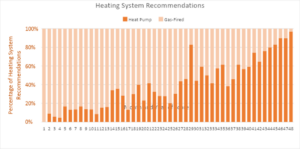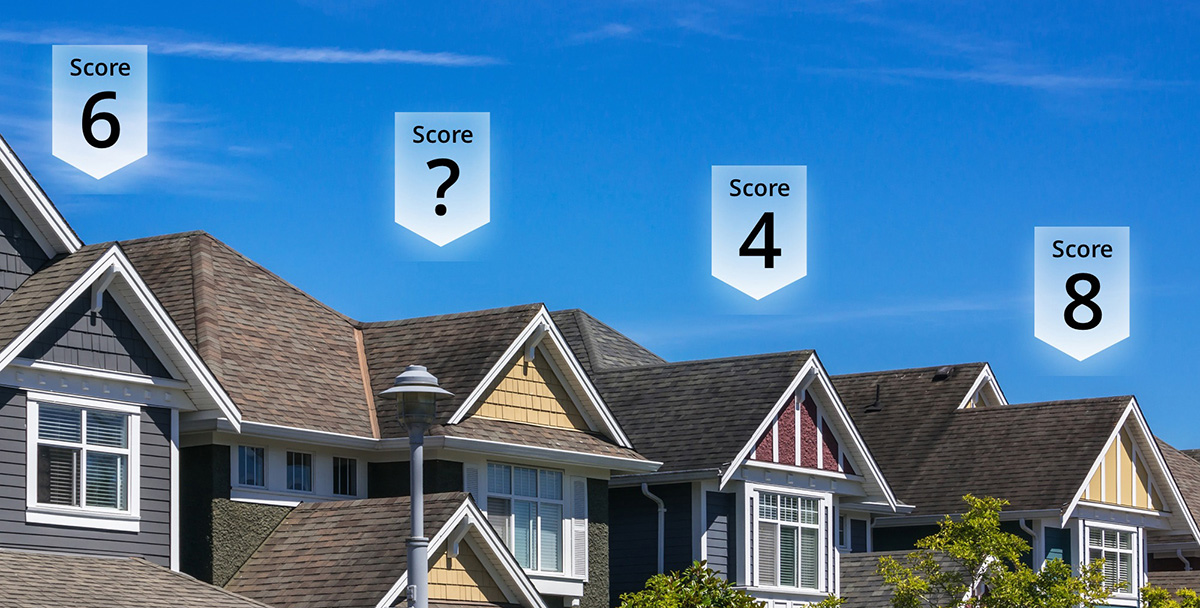April 17, 2022
Topic
The Bay Area Regional Energy Network (BayREN) Green Labeling program aims to increase awareness and transparency of residential energy information in support of California’s goal to double the energy efficiency of existing buildings by 2030. The program offers energy efficiency trainings for real estate professional and promotion of the U.S. Department of Energy Home Energy Score (HEScore).
A HEScore assessment collects a multitude of data points, which translate into a 1 to 10 score, with 5 being an average home and 10 the most energy efficient. Along with the score, homeowners receive estimated energy consumption and utility bills and custom recommendations for energy efficiency improvements. Since 2015, BayREN has scored over 12,500 homes and works with more than 30 HEScore Assessors.
The Electrification Checklist pilot launched in August 2020 to support goals to electrify existing buildings. The Electrification Checklist is used concurrently with the standard HEScore to collect additional data points, such as panel size, to determine which gas-to-electric recommendations may be appropriate for a home. From the start of the Electrification Checklist pilot until December 31, 2021, checklists were included with 4,605 HESores (89 percent of all scores during the same time period).
While the HEScore collects information on energy features such as water heaters, furnaces, and insulation, it is generally focused on energy efficiency not on decarbonization. For example, the formula for producing a score relies more on building envelope characteristics and appliance efficiency than the appliance fuel type (gas vs. electric). Similarly, on the recommendations side there is no preference given for high-efficiency heat pump appliances.
At the start of the pilot, the split of recommendations was about 40 percent heat pump to 60 percent gas-fired systems. The share of heat pump recommendations increased steadily, and by Q4 2021 over 90 percent were for heat pumps. The same pattern was seen in space cooling.

Assessors were more likely to recommend electrification improvements when completing a Checklist than those completing only a standard HEScore. For example, 60 percent of scores that included a checklist recommended induction cooking, compared to only 6 percent of scores that did not include a checklist. The additional training and practice of evaluating a home for its electrification potential may therefore increase the likelihood that an Assessor makes electrification vs. standard gas appliance recommendations, which in turn has the potential to impact residents’ decisions.
Eventually all homes in California will switch to electric appliances to meet ambitious climate goals. However, initially targeting homes with fewer barriers to electrification may be beneficial. Nineteen percent of homes with a checklist were considered a “good” or “great” fit for whole-home electrification. Many more were candidates for one or more electrification measures.
BayREN plans to continue to offer the Electrification Checklist to further efforts to decarbonize the existing residential building stock.
Contact Emily Alvarez (ealvarez@stopwaste.org) with questions and read the full report at: https://www.bayren.org/sites/default/files/2022-03/BayREN%20Electrification%20Checklist%20Report_03.07.2022.pdf
Written by Emily Alvarez, Program Manager at StopWaste





